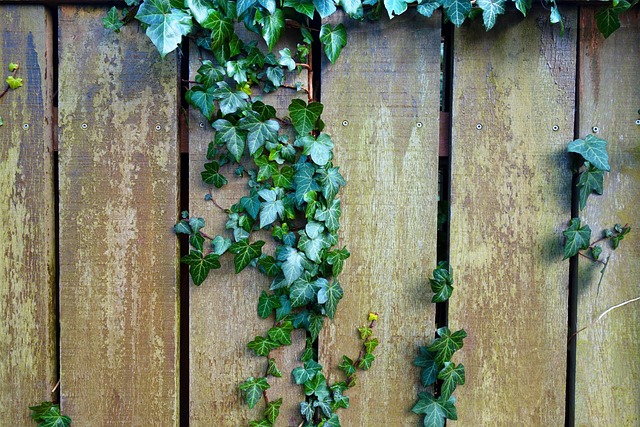Cost-Effective Fencing Solutions for Large Properties: Securing Your Space Without Breaking the Bank
Large properties present unique fencing challenges. This article explores cost-effective solutions for property owners seeking to enhance security, privacy, and aesthetics without overspending. We delve into tailored needs assessment, budget-friendly materials and designs, installation best practices for longevity and savings, and long-term maintenance strategies to ensure your fence remains both affordable and reliable. By the end, you’ll be equipped with valuable insights to transform your property boundary.
- Understanding Cost-Effective Fencing Needs for Large Properties
- Exploring Budget-Friendly Fence Materials and Designs
- Installation Tips for Maximizing Savings and Durability
- Long-Term Maintenance: Keeping Your Fence Affordable and Reliable
Understanding Cost-Effective Fencing Needs for Large Properties
When it comes to fencing large properties, cost-effectiveness is a primary concern for homeowners and property managers. These expansive spaces often require robust yet affordable barrier solutions that can withstand harsh weather conditions and potential wildlife intrusion. Understanding this unique set of needs involves recognizing the specific challenges posed by size and environmental factors.
Large properties may demand fences that are not just longer but also more durable, as they face increased wear and tear. Additionally, incorporating features like privacy panels, security sensors, or aesthetically pleasing designs can add to the overall cost. Cost-effective solutions should balance these requirements, offering strong materials without breaking the bank.
Exploring Budget-Friendly Fence Materials and Designs
When considering fencing for large properties, opting for cost-effective solutions doesn’t mean compromising on quality or aesthetics. Exploring budget-friendly materials opens up a world of options, from traditional wooden posts and rails to innovative vinyl and composite fences. These alternatives are not only affordable but also low maintenance, making them ideal for expansive spaces.
Design-wise, simplicity is often the key to keeping costs down without sacrificing visual appeal. Straight lines and basic styles can create a sleek and modern look while being more economical than intricate designs. Incorporating natural elements like hedgerows or native plant gardens along the fence line can also add beauty and texture, providing a cost-effective and environmentally friendly solution for large properties.
Installation Tips for Maximizing Savings and Durability
When installing fencing on a large property, strategic planning and proper techniques can significantly contribute to maximizing savings and durability. One crucial tip is to break down the project into manageable sections, ensuring that each area receives equal attention to detail. This approach not only makes installation more efficient but also helps in identifying potential issues early on. For instance, start by preparing the ground, ensuring it’s level and compacted, which forms a solid foundation for your fence.
Another essential aspect is choosing the right materials and tools. Opting for durable, weather-resistant options like vinyl or treated wood can reduce maintenance costs over time. Additionally, using high-quality posts and brackets will enhance structural integrity. Regularly inspect tools and materials during installation to prevent errors and ensure every component aligns correctly. Proper spacing between posts is vital, as it allows for flexibility in case of future adjustments while maintaining the fence’s overall stability.
Long-Term Maintenance: Keeping Your Fence Affordable and Reliable
Maintaining a large fence over an extended period can be a significant financial commitment, but with the right approach, it can remain cost-effective and reliable. Regular cleaning and inspection are key to preventing damage and prolonging the life of your fence. Removing accumulations of dirt, debris, and plant growth not only improves aesthetics but also prevents moisture build-up that can weaken materials. Inspecting for signs of wear, rot, or pest infestation allows for early intervention, which is far more affordable than extensive repairs or full replacements.
Consider implementing a preventive maintenance schedule tailored to your specific fence material. For wooden fences, regular sealing and staining protect against weather damage and insect infestations. Metal fences may require occasional painting to prevent corrosion, while vinyl fencing often benefits from cleaning with mild soap and water to restore its gloss. Staying proactive in these areas ensures your fence remains not only affordable but also preserves its structural integrity for years to come.
